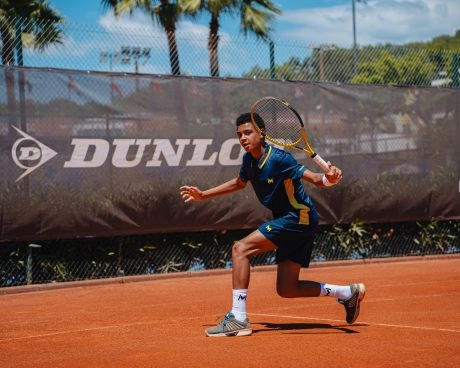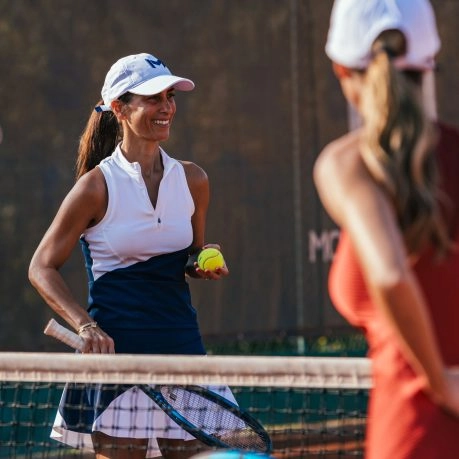
Backspin:
This type of backhand is the most commonly used. By rubbing the ball from bottom to top, you create a lifted effect that makes the ball more difficult for the opponent to control. The lifted backhand is particularly useful for deep shots and long exchanges.




















